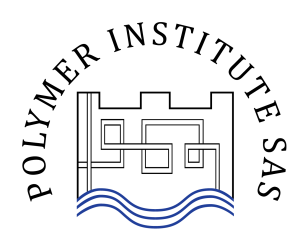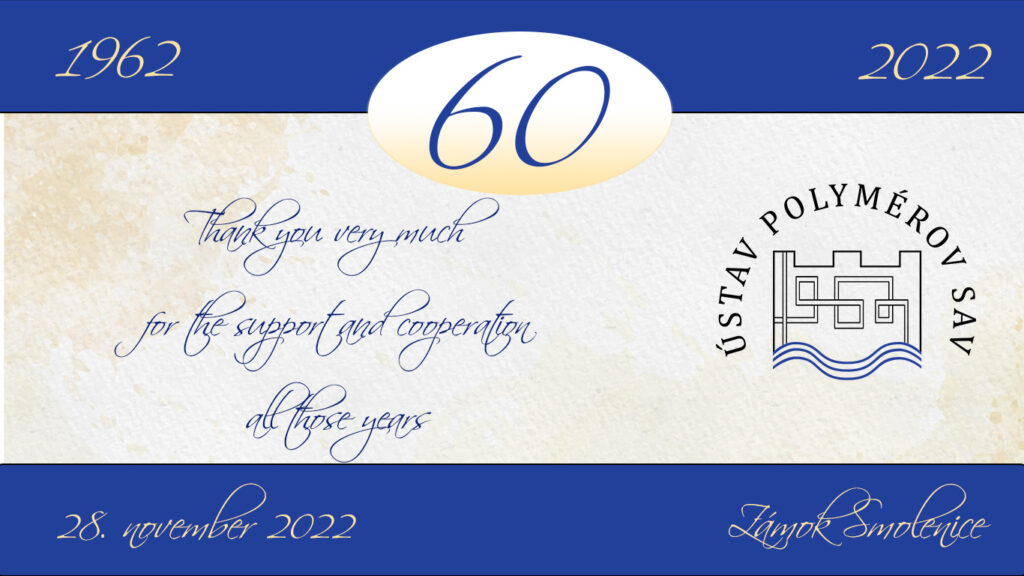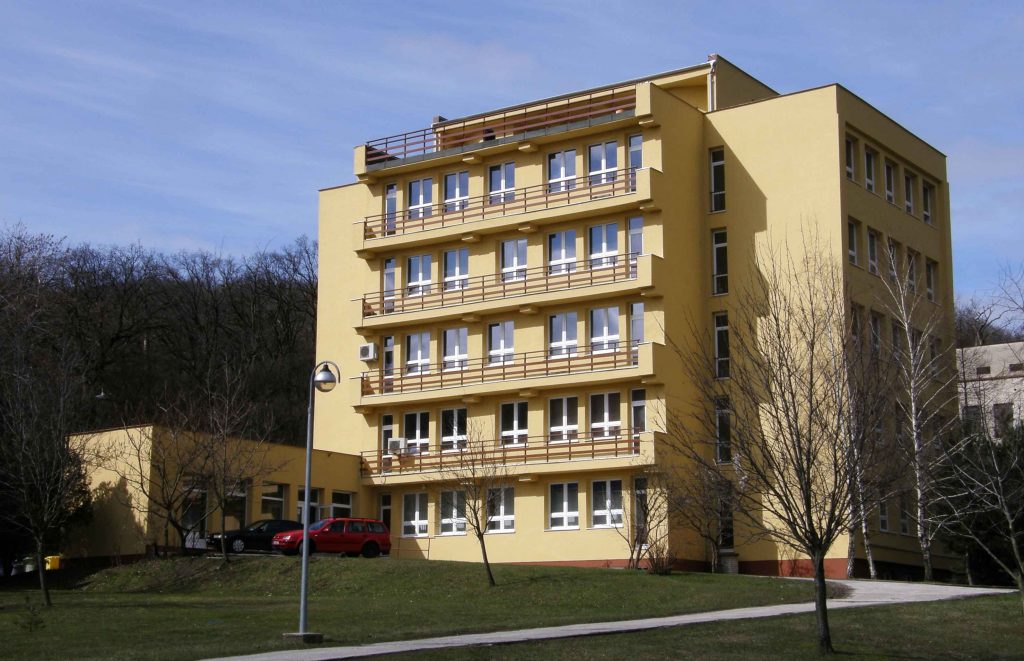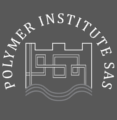About us

The foundation of Polymer Institute of the Slovak Academy of Sciences was created by Dr. Milan Lazar, who at the turn of 1962 and 1963 established the Laboratory of Polymers, which started to operate in the new hall of the Institute of Chemistry and the Institute of Inorganic Chemistry of the Slovak Academy of Sciences. The Laboratory of polymers initiated the research in the field of polymers as a part of the chemical research at the Slovak Academy of Sciences. Subsequently, in 1967 the laboratory was transformed to the Polymer Institute of the Slovak Academy of Sciences, which in 1976 moved to its own newly constructed building, where it is located till today.
The initial research was aimed to study the peroxides for modification and crosslinking of polyethylene and polypropylene. Already in the 1970-ties, i.e. shortly after the establishment of the institute, the polymerization of methyl methacrylate and styrene initiated by iniferters was studied. About ten years after these studies, this type of polymerization, that is currently known as one type of the controlled radical polymerizations, had drawn a significant attention of leading scientific institutions. This has been due to the possibility to use the controlled radical polymerization in many areas of polymer research for preparation of polymers with well-defined molecular characteristics, topology, and desired properties, which are the features broadly studied and utilized in contemporary polymer science. During the 50 years of Institute history, a number of other important results were obtained such as the development of energy-efficient initiator system for block polymerization of methyl methacrylate that was based on complexes of sulfur dioxide with aliphatic ketones in production of acrylic glass for the company Považské chemické závody, the development of model of ignition, combustion and extinction of polymer burning to theoretically determine the oxygen index and the rate of heat release for burning materials based on the kinetic parameters and parameters of heat and oxygen transfer, the development of original way for formation and decomposition of peroxides in polymer environment and the methodology for monitoring polymer degradation and the method for determining of residual life of materials leading to the design of a chemiluminescence device. The other topics included studies into the polymer miscibility, the materials for liquid chromatography and alcotest, the emulsion polymerization of fluorine- containing monomers for company in Sokolovo, the HALS light stabilizers within the long-term cooperation with VUCHT company, new techniques for characterization of polymers, the monomers and their polymerizations for Chemolak Smolenice company, etc.
In 1993 the second building of the Polymer Institute SAS, so-called Technological Unit (Techlab) was completed with the aim to initiate an experimental production based on the research of the Institute. Until 2005 the manufacture of adhesives was carried out based on the atactic polypropylene that was the by product in production of isotactic polypropylene in the company Slovnaft.
Until recently the Institute consisted of about 10 small departments. In 2011 these departments were merged into four main departments, which represent four main profiles of the research at the Institute: synthesis and characterization of polymers, composite polymeric materials, polymeric biomaterials, and molecular simulations of polymers.
As a result of the PISAS accreditation for years 2016 – 2021, the international accreditation panel of experts evaluated the Institute with the highest rating A characterized as “The research is internationally leading within the European context. The Institute has demonstrated important contributions to the field.”



 contacts
contacts
